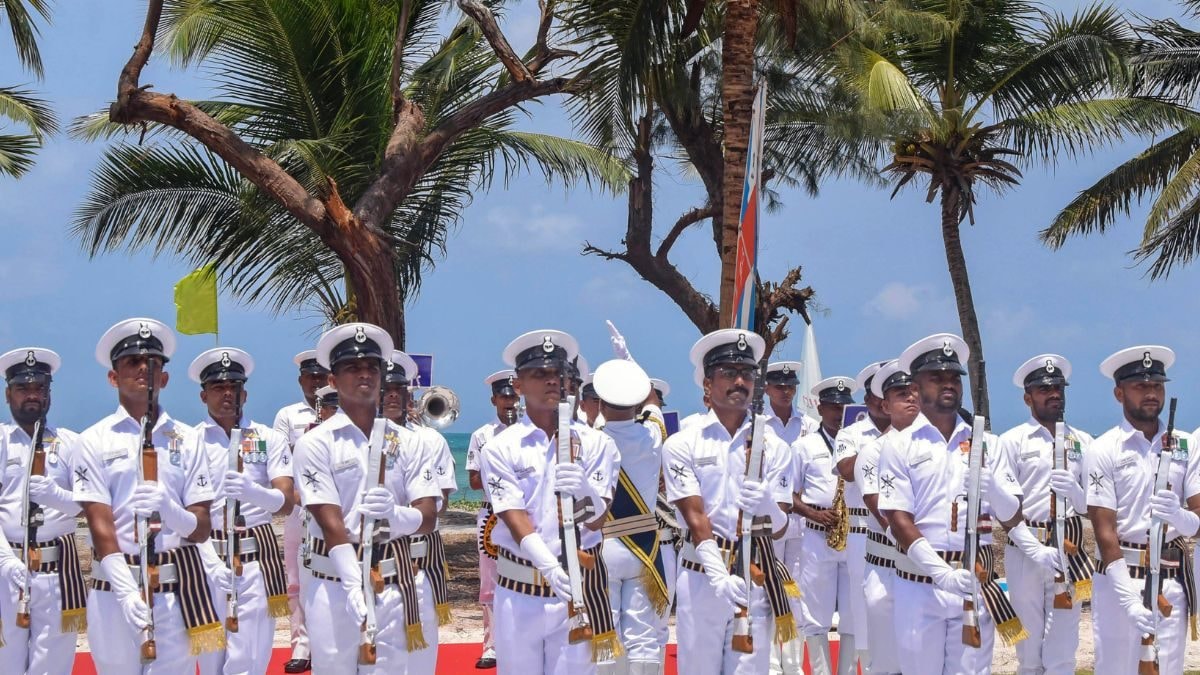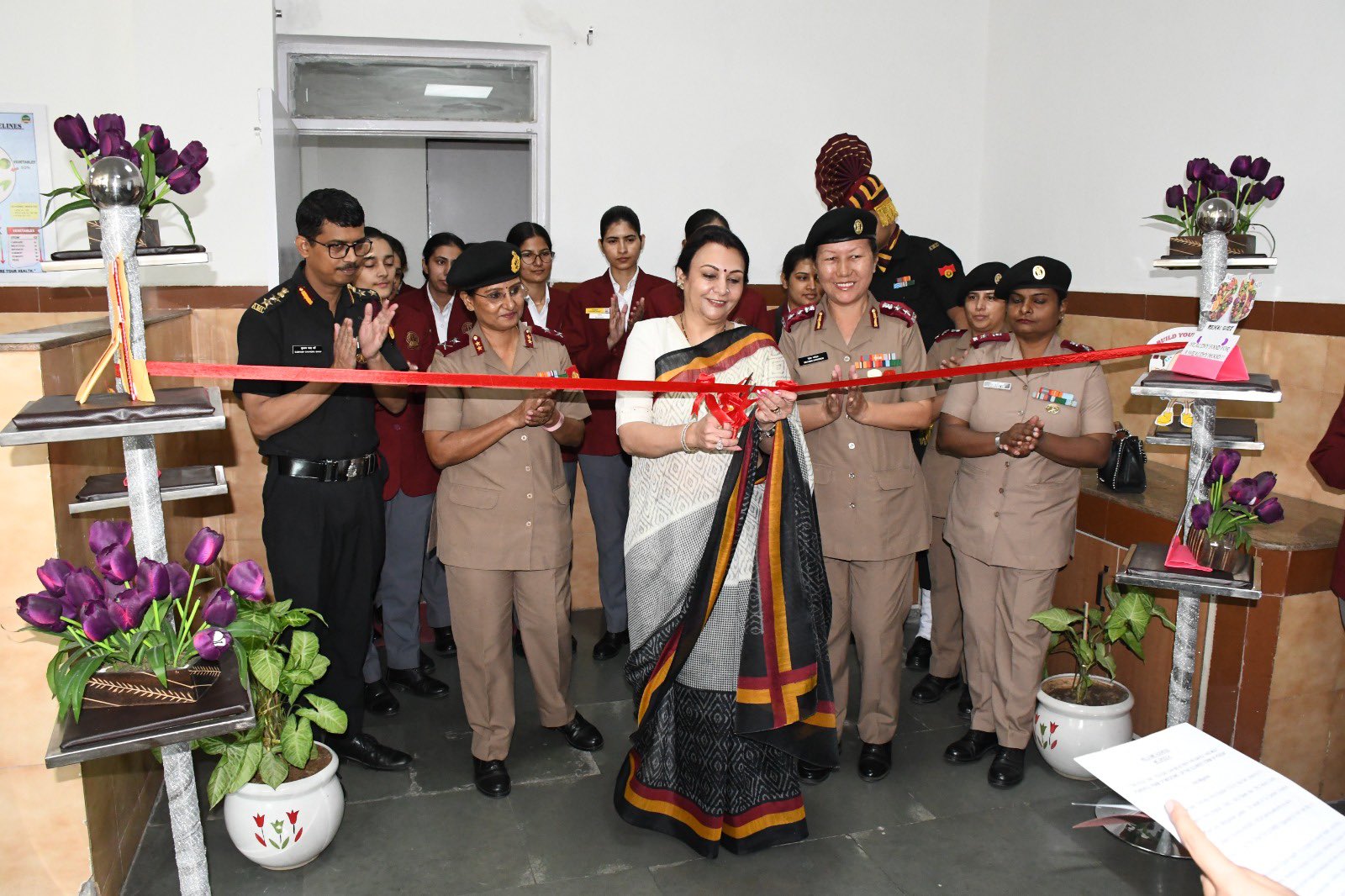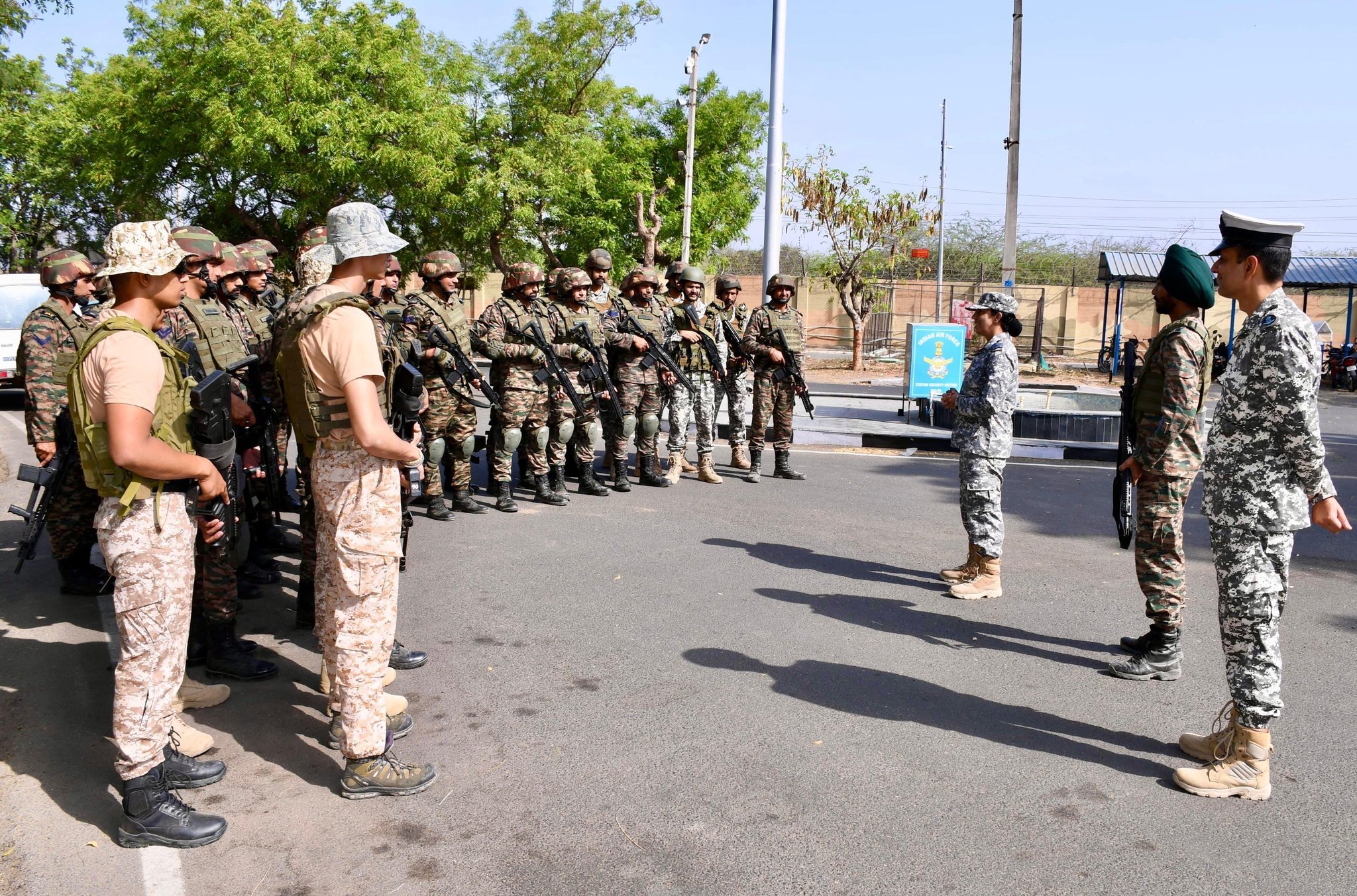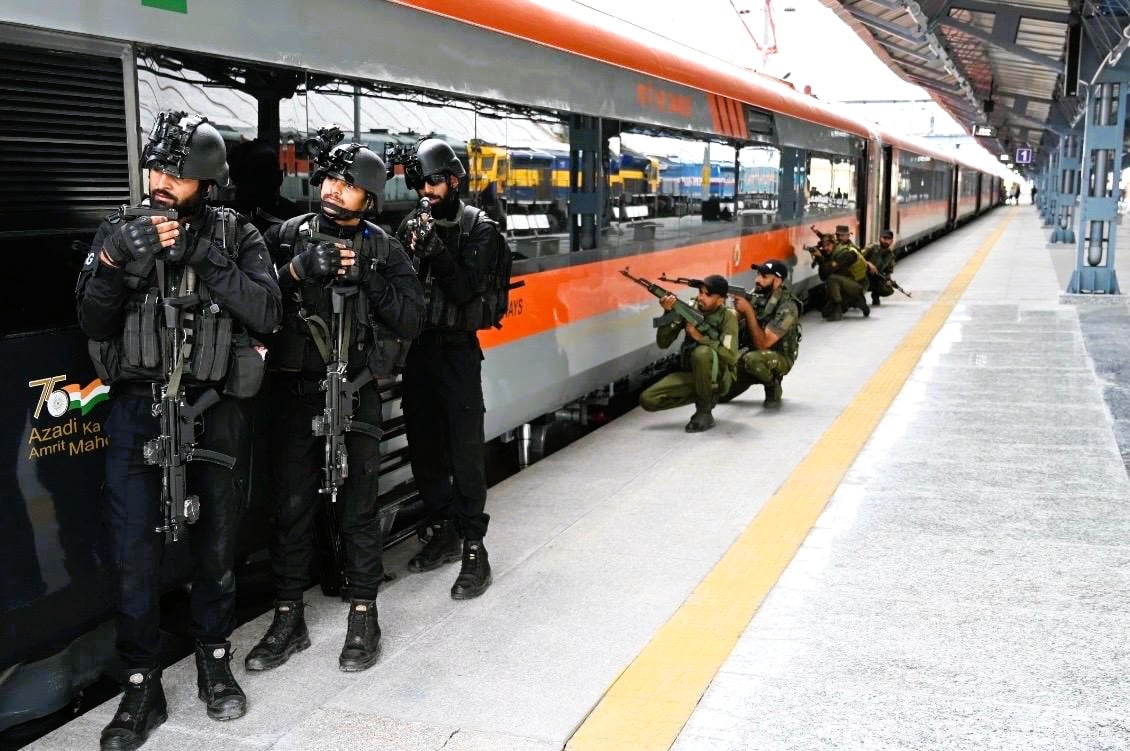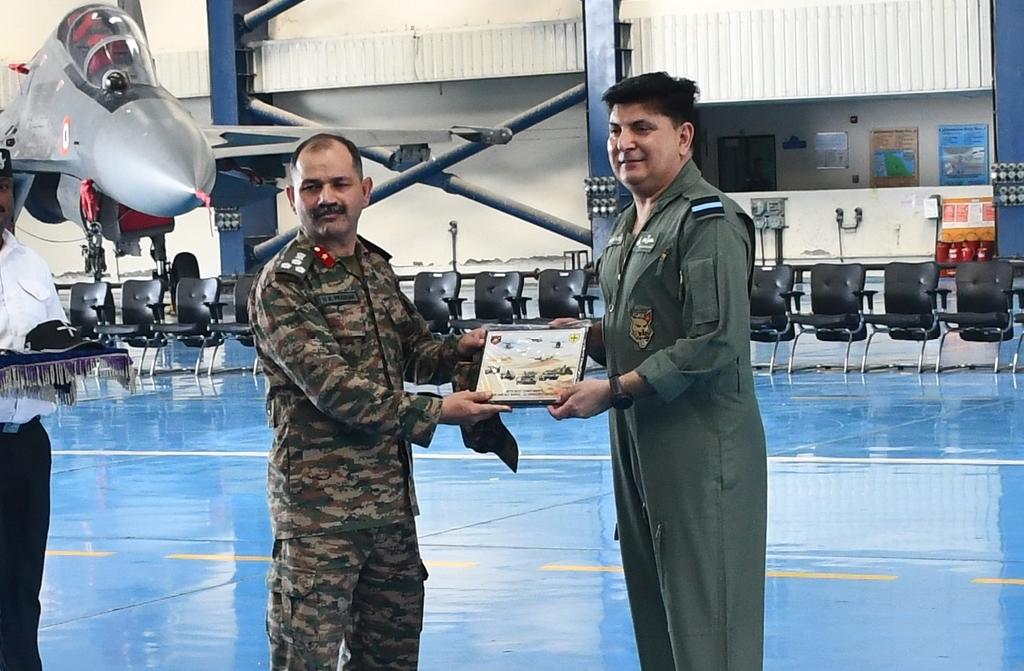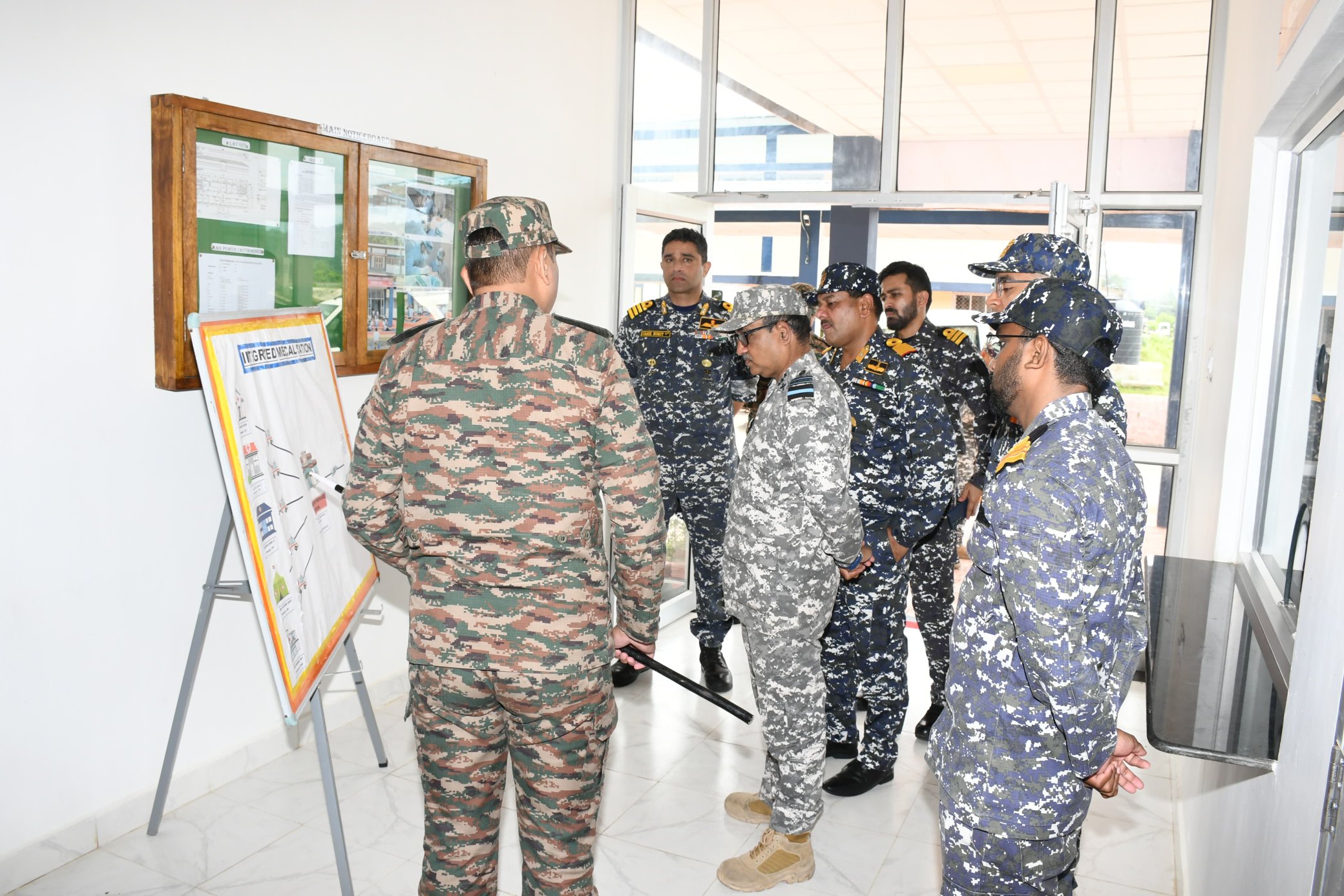India is rapidly advancing its naval capabilities in response to growing concerns about regional security dynamics, particularly in the wake of China’s increasing assertiveness in the Indo-Pacific. Recently, the commissioning of the naval base ‘INS Jatayu’ in the Minicoy Islands signifies India’s commitment to enhancing its maritime defense infrastructure.
As tensions escalate in the Indo-Pacific, driven by China’s ambitions for regional dominance, India recognizes its strategic importance in this geopolitical landscape. While the South and East China Seas might seem distant, India’s role could be pivotal in counteracting China’s maritime strategies. Analysts suggest that India is preparing for a potential maritime conflict by laying the groundwork for a proactive defense posture, particularly concerning the critical Strait of Malacca, a vital artery for global trade that sees annual transactions exceeding $3.5 trillion, with a significant share being Chinese maritime commerce.
The establishment of the upcoming INS Varsha near Visakhapatnam is a central element of India’s strategy. This stealth naval base, which is being constructed to accommodate nuclear-powered submarines, will significantly alter the balance of power in the Bay of Bengal and Indian Ocean Region. With the operational capacity to house over a dozen submarines, including advanced Arihant-class vessels, INS Varsha is designed to provide India with a covert operational base that enhances its readiness against potential threats.
Detached from conventional oversight challenges that have plagued other defense projects, this initiative has been propelled forward through decisive government action, expediting its completion after years of delay. The site’s capabilities include underground tunnels for discreet submarine movement, advanced defense mechanisms, and facilities for surface vessels.
Simultaneously, India is taking measures to address the dual threats posed by both China and Pakistan. INS Kadamba on the western coast complements INS Varsha by providing a strategic foothold to monitor the critical shipping lanes, especially through the Nine Degree Channel. Like the Strait of Malacca, this channel is a busy maritime route, with heavy traffic facilitating trade between Southeast Asia and West Asia. Investments in infrastructure enhancement at INS Kadamba aim to ensure that India maintains a potent naval presence that can respond rapidly to evolving threats in the region.
To bolster the air component, plans are underway to develop an airfield in Agatti, which will not only support commercial aviation but also facilitate military operations involving advanced aircraft like the Sukhoi-30 and Rafale. This infrastructure is pivotal for establishing India as a key player in regional air power, further consolidating its strategic reach.
With these developments, India is setting the stage for a reinforced naval posture that not only addresses immediate security concerns but also aligns with broader cooperative security efforts with allies such as the United States, Japan, and Australia. The strategic positioning of these naval bases indicates India’s desire to play a decisive role in regional security, thereby countering China’s expanding influence while also establishing itself as a central player in the promotion of a stable maritime order in the Indo-Pacific.

